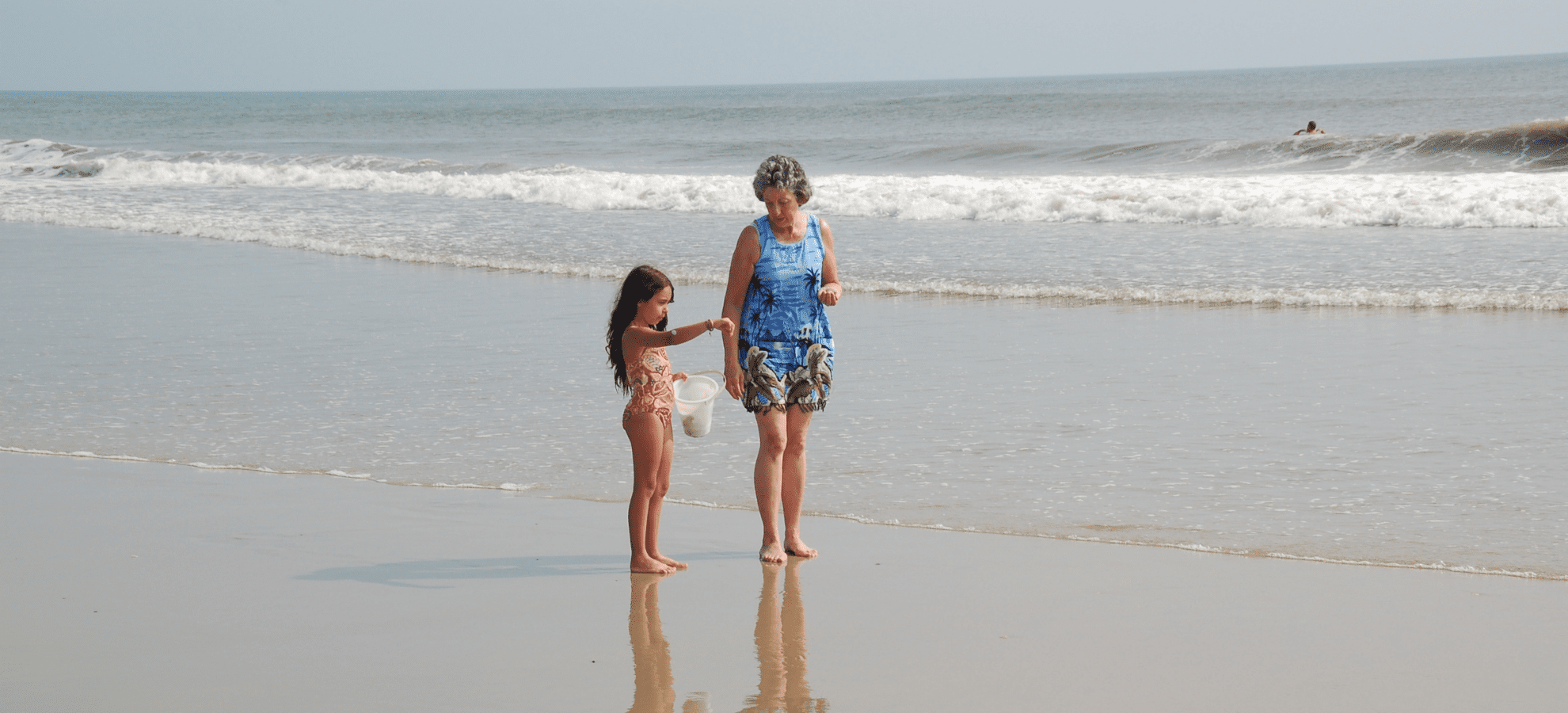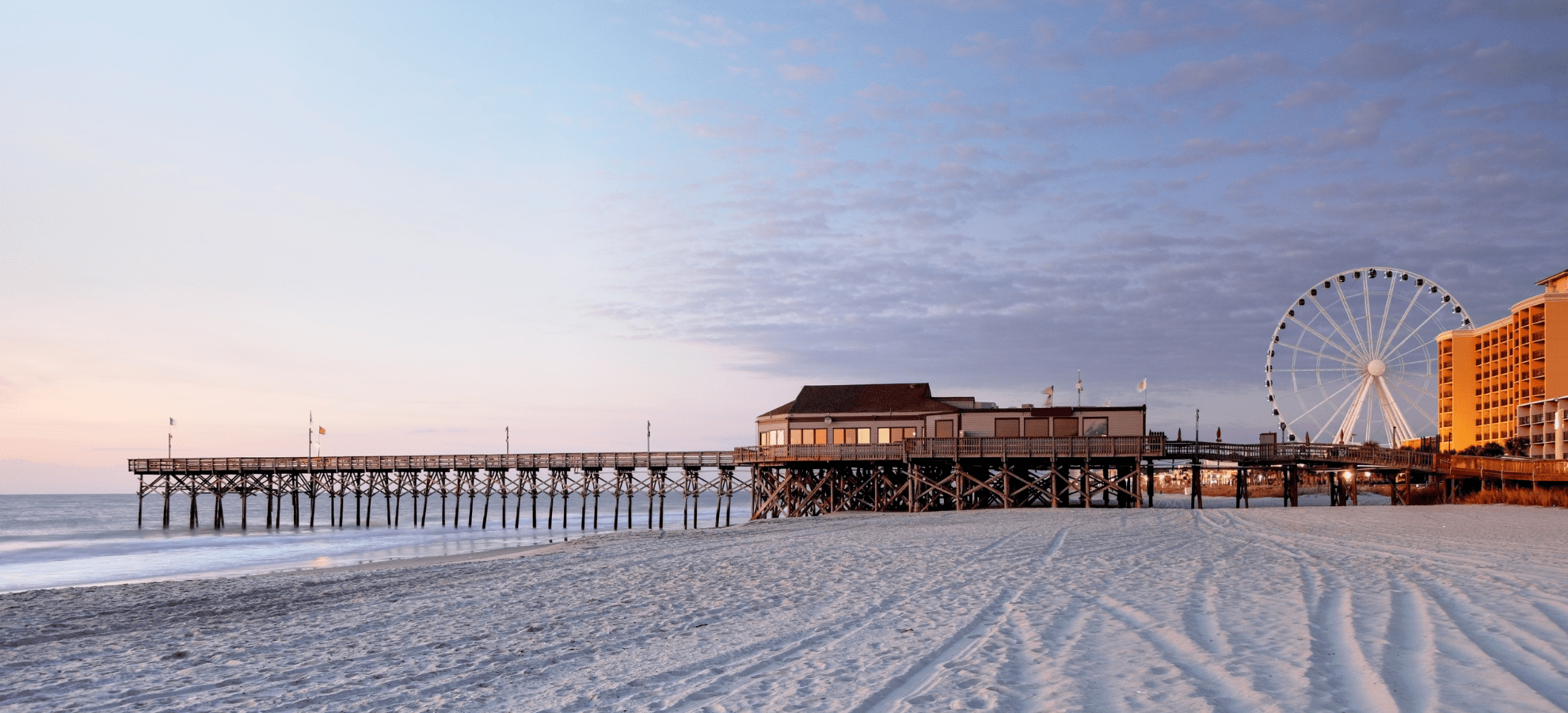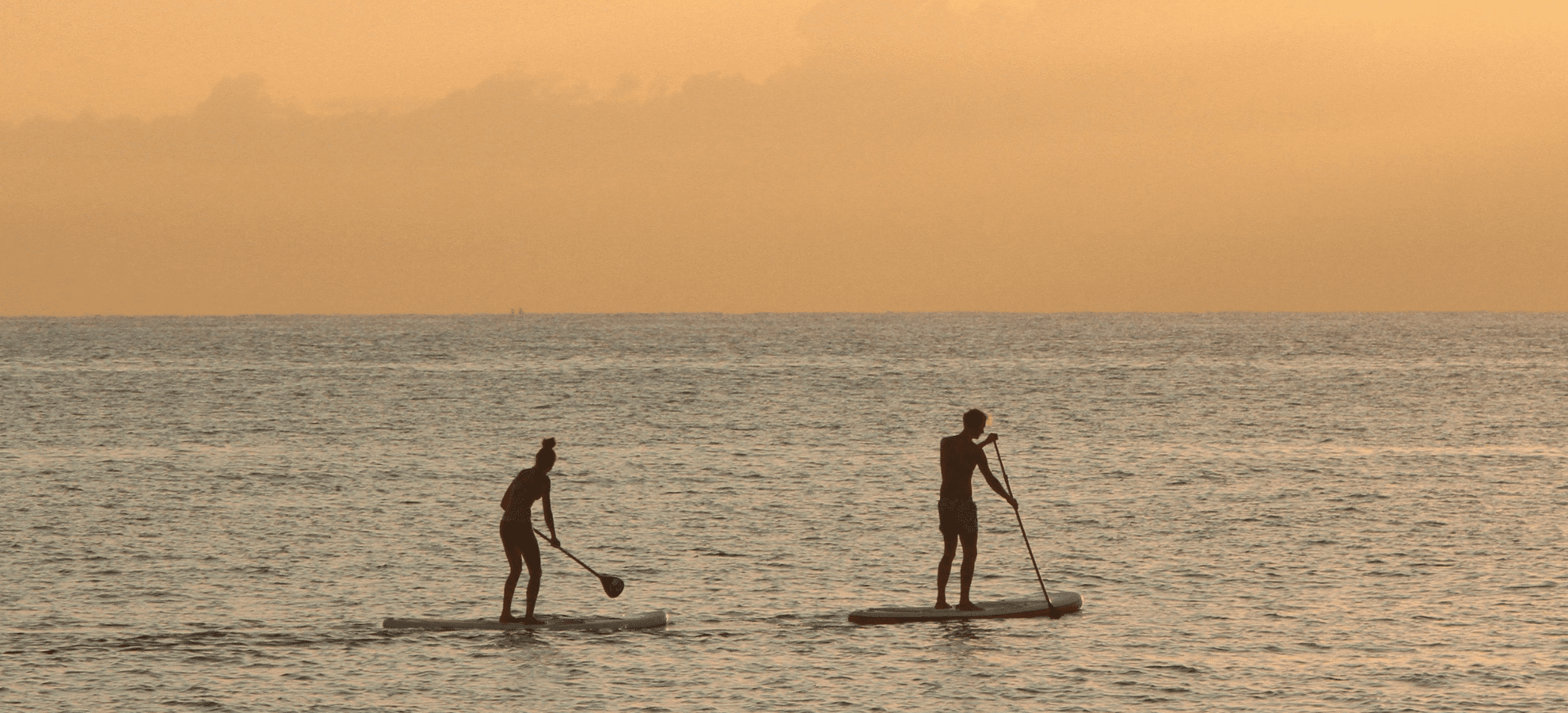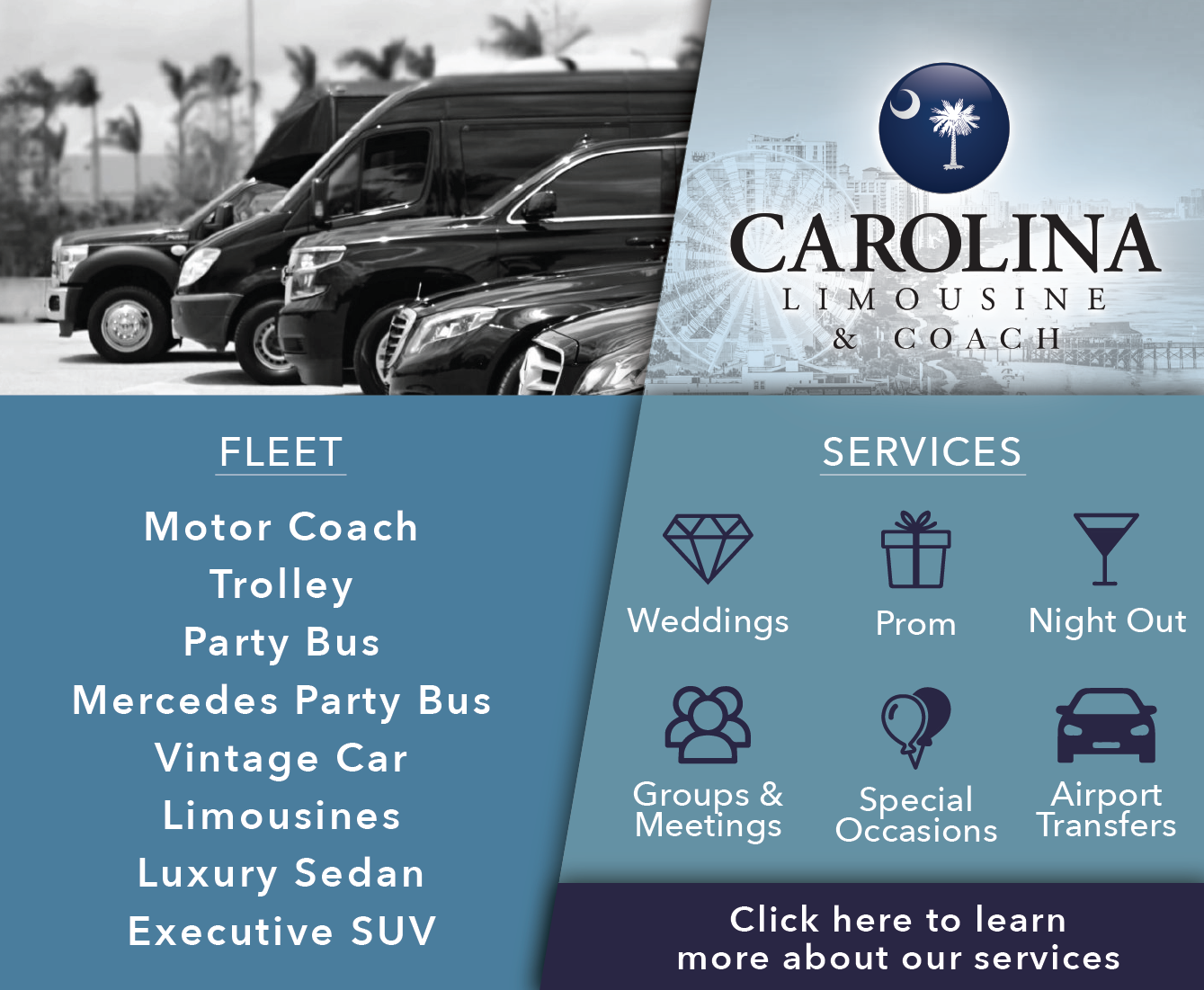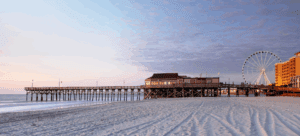by Melissa LaScaleia
To understand our Myrtle Beach history, of how it was birthed into being and took shape, it’s important to look at the history of what surrounds it. Thus our history section for this month continues where we left off— with the settlement and expansion of Charleston, one-and-a-half-hours south of Myrtle Beach.
As we saw last month, in the 1600s, Charles Town as it was then called, today modern day Charleston, was established by the Lord Proprietors who were given dominion over the Carolinas by King Charles II of England. They had a vision of making Charles Town a great port city.
This is one of the most fascinating places and times in all of history— vividly colorful, rife with potential and danger, and for many— it held unlimited opportunity to shape your life. It was a new world, and they simply made it up as they went along, although much was modeled after Europe. But this way of thinking and living was unprecedented in the class-structure that was so entrenched in Europe during this age.
There was less emphasis on class distinctions because the culture was shaped by the day-to-day tasks of building and creating to establish, rather than adhering to what already existed, since little did exist. In other words, social norms weren’t able to be enforced, and weren’t even as important, when everyone was simply trying to become established and survive.
The French and Spanish didn’t recognize England’s claim to the land, and wanted it for themselves. Several times they targeted the coastline and attacked the new colony, attempting to uproot them. The Charles Town colonists built a wall around their settlement fortifying themselves against the raiders and were successful in keeping them at bay.
Then too, there was a constant influx of new settlers– from the Virginia colony, emigrants from England, and slaves from Barbados– and everyone was forced to rub shoulders. Even though slaves were treated as property and had no social status, this intermingling still created a different culture, with a flavor and feel that was uniquely its own.
In the late 1600s, infrastructure and governing was better, and the governor created a city-scape plan for Charles Town, laying it out in a grid pattern to establish better cohesion. Settlers who successfully curried favor with the nobility in Europe or the New World for one reason or another were granted large tracts of land and began to operate large-scale plantations powered by slaves, establishing the area’s plantation culture.
Then there were the periodic raids by the Native Americans from inland, as well as by pirates from the coast. But still Charles Town survived and grew larger. And within ten years from when it was first founded in some small tents, it was moved further south to its current location on the peninsular.
By the 1700s, Charles Town was thriving in industry and trade. By the early 1700s, the colonists were finally successful in cultivating indigo, a plant which was much coveted by the nobility of Europe who prized clothes dyed with the purple-blue color produced by the plant. While rice grew in the swampy areas, indigo did well in areas that were dryer, where rice was unable to be produced. Previously unused portions of land now generated income for property owners. And the labor-intensive cultivation of indigo boosted the slave trade and population of the colony. By the late 1700s, half of the area’s population were slaves.











